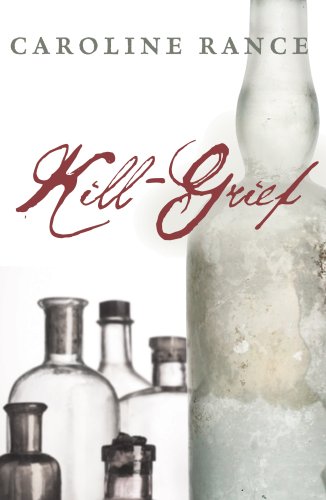Kill-Grief
‘Kill-grief’ is 18th-century cant for gin, and this novel certainly is awash with the stuff. Mary arrives in Chester in 1756 to work as a nurse in a newly established infirmary for the poor. However, her secret purpose is to help her smuggler husband who is awaiting trial for murder. This task is complicated by her passion for the Squire, a thief-taker, who has turned her husband in for a reward, and also by her growing infatuation with the infirmary’s alcoholic porter. Seeking comfort from the blood, stench and filth of her job and the horrors of her husband’s gaol, she relies on gin. There are many twists and turns to the plot and many, often colourful, characters are involved. At times the novel is confusing yet Rance skilfully pulls all the threads together for a surprisingly heartening conclusion.
Her research is thorough and her sense of period excellent. But the grim reality of 18th-century urban life is pictured in such sordid detail that it can become monotonous. Disease and deformity, squalor, decay and cruelty threaten to lose their impact through overuse. However, the dialogue is particularly good, colourful but never obscure. Even better, although Mary is strong (when nowhere near a gin bottle) and ambitious, she is never a 21st-century girl dressed in 18th-century rags. Unfortunately, drunks do tend to be bores and this reader often longed for Mary and her porter to go on the wagon.
This first novel is not a comfortable read, nor is it intended to be, but it is an often interesting and ultimately satisfying one.










